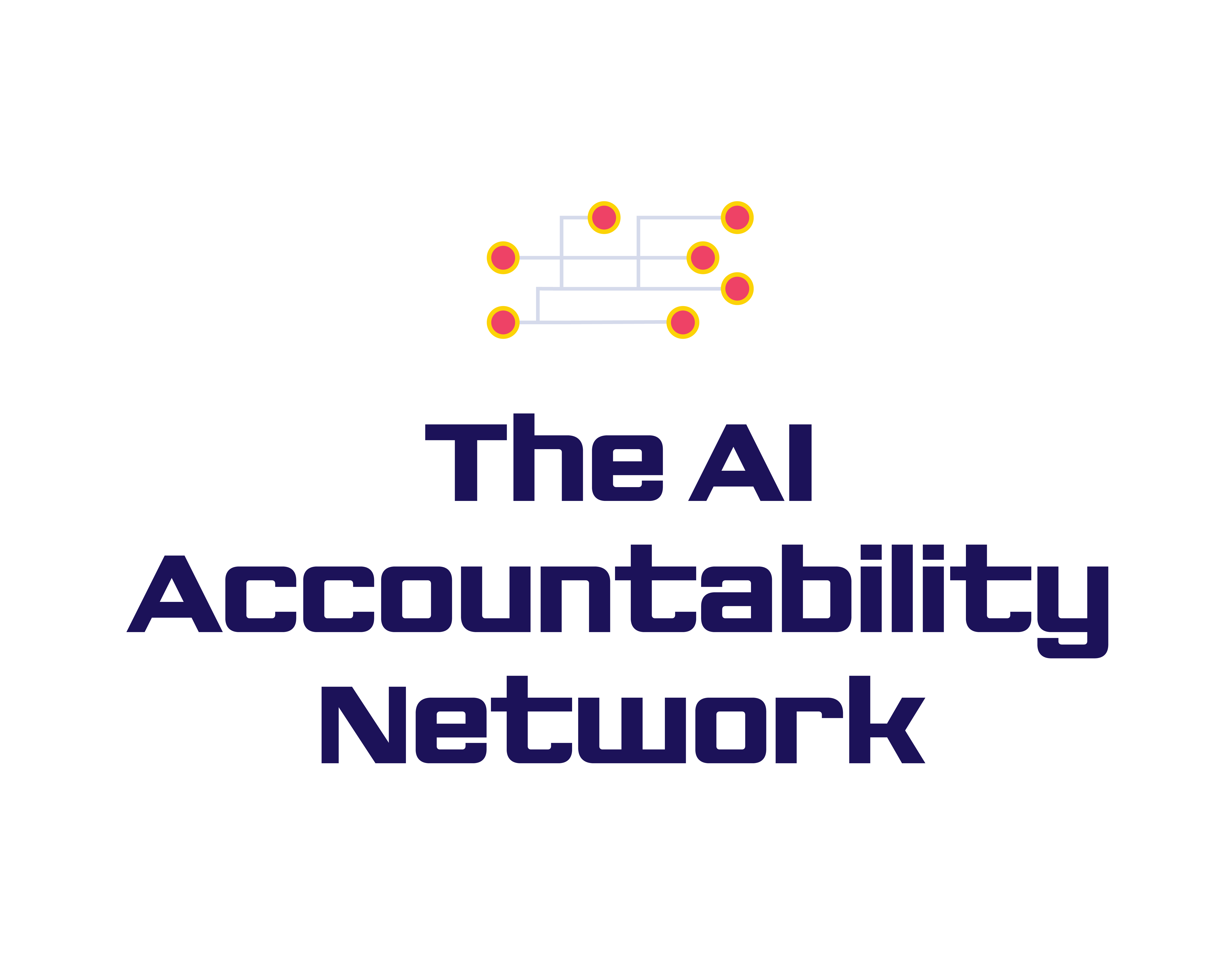"This suspicious character showed up at our house,” the user, a resident of Brookhaven, Georgia, posted on the Neighbors platform, a companion app to Ring doorbell cameras, in May 2017.
“We did not answer the door,” the description of the post read, according to Neighbors data collected by MIT scholar Dan Calacci and shared with the author.
Seventeen minutes later another post appeared on the board from the same person and was titled: “Suspicious uninvited person at door.” The description became more irate: “I hate these people showing up at the door. We have a no solicitation sign. No idea if he is there to sell something or to rob us.”
The same user published two more posts in quick succession that day, each one minute apart and featuring video footage of the alleged perpetrator.
I received these messages and a larger sample from Brookhaven from Calacci while I was reporting a story about laws in different states that made porch piracy a felony. Calacci had gathered the messages through the company’s API, before the company shut off access.
When I read through each message from this city of 54,000 that abuts Atlanta, I was struck by their nature—some were reporting stolen packages and car break-ins but often the Neighbors app users were reporting allegedly suspicious behavior. The tone and atmosphere of some of the message boards stood in stark contrast with the impressions I had gathered from walking around and talking to people in several neighborhoods where Ring cameras adorned every other door I saw.
Most are familiar with people who may post about suspicious behavior in the neighborhood. Perhaps it’s the loudest person on the block, who interrupts every neighborhood meeting. Perhaps it’s the person who monopolizes the conversation on a local Facebook group or group chat. When I spoke to people in neighborhoods in Brookhaven several told me that a lot of the people who chimed in on their local social networks were often the same handful of people.
But increasingly these voices have become the signals consumers use to interpret and understand the health and safety of their neighborhoods.
What’s more is that neighborhood platforms are filling an increasingly gaping hole left behind by the continuous demise of local news. Since 2005, more than 2,500 newspapers—or about one quarter of all papers in the United States—have shuttered.[1] Seventy million people, or roughly a fifth of the US population, live in counties without a newspaper, the study found. In light of this, some argue that neighborhood platforms are now quietly replacing local papers and are reshaping local political views along the way.
The Rise of Neighborhood Apps
Platforms like Neighbors have become a major player in information transfers about the neighborhoods we inhabit. The Neighbors app boasts a user base of 10 million, according to statements that its parent company, Amazon, made in September 2020. Apps like Citizen and NextDoor have raked up massive audiences—10 million and 69 million respectively. Comparatively, one of the biggest media organizations in the country, the New York Times, had only roughly 9.1 million subscribers, according to numbers published in May.[2]
The pandemic has only increased a reliance on these apps for local information. Citizen, for instance, added 600,000 users in the early stages of the nationwide protests that the murder of George Floyd sparked, Forbes reported. The Citizen app also briefly surpassed Twitter to be Apple’s top news app and its page views surged during the pandemic, with a flurry of new features, such as citizens’ reports and helicopter monitoring, increasing the steady feed of data that users receive about their neighborhood.
Currently, some of the largest neighborhood platforms—Citizen, NextDoor, and Neighbors—were part of the 20 top news apps that Apple users download. Among the 20 most downloaded iPhone apps were also three digital police scanning apps.
A Skewed Understanding of News
To people I spoke with who started using neighborhood apps in recent years—from various friends to folks I encountered while reporting in a couple of neighborhoods—they provided a window to the outside world that fed them a steady stream of crime reports and police scanner audio. It became the kind of news source that informed them both of useful happenings in the neighborhoods such as nearby fires but also became a source of continuous anxiety.
This kind of information also instilled in them an almost addictive sense of urgency about the crimes happening in their area and, when it comes to user-generated information, to actions from people that are marked suspicious but may not actually show any criminal acts.
Calacci’s study of Neighbors posts in Los Angeles showed that one of the most talked about subjects on the platform was suspicious behavior, a subject only trumped by package theft.[3] The aforementioned Neighbors posts from Brookhaven were part of a sample where 54 percent of the posts Calacci shared with me were categorized as posts raising concerns about suspicious behavior.
What impact does this kind of information flurry have on users and what kind of picture do they paint of a neighborhood?
If neighborhood platforms have increasingly become our portal through which we assess the health of our neighborhood, then we judge the safety of our streets through posts from our neighbors on these apps. We get constant reminders of the “dangers that lurk,” like a steady stream of footage that often shows suspicious but noncriminal behavior alongside car break-ins and package theft.
As Angel Diaz, a counsel in the Liberty and National Security Program at New York University’s Brennan Center for Justice, told Mother Jones, the app is “gamify[ing] paranoia” in a way that keeps people reporting more incidents as they succumb to a “culture of fear.”
The visual nature of many posts from Neighbors plays into a long history of footage of crimes conjuring a sense of danger, a longtime justice reporter told me when I spoke to him about what it’s like to cover crime in the age of virality. Local TV stations would often rush to crime scenes for stories that provided visually stimulating footage and cover crimes on an incident-by-incident basis, often not contextualizing an event.
This has carried on into the age of social media, where viral footage of petty crimes like shoplifting has brought about outrage among both residents and politicians. This dynamic continues at a hyper local level when residents post footage of a package theft or a stranger coming to their door. Footage provided from doorbell cameras has become fodder for crime coverage for local news stations, too. And more often than not, these incidents, when posted again and again, may be misinterpreted as trends, when they may more accurately represent anecdotes.
Law enforcement officers are often active listeners on these platforms, too. The Neighbors app, in particular, has been marketed to police departments since Amazon bought it in 2018. Across the country more than 2,000 police and fire departments have forged partnerships with Amazon’s Ring doorbell camera network and receive special access to the Neighbors platform.
The Electronic Frontier Foundation, among other organizations, has raised concerns that this kind of access to Neighbors could potentially reinforce racial bias in policing and may “offer a high-speed digital mechanism by which people can make snap judgements about who does, and who does not, belong in their neighborhood, and summon police to confront them.”
Advocates worry that providing this kind of access to law enforcement may also add to an already large technological dragnet that police departments across the country use, including facial recognition technology, which has proven often to misidentify people with darker skin.
One of the ways in which this manifests is twofold: much like any consumer, police officers may be on the platform and watch for ongoings. But in addition, police officers can sign up for the services and then receive automated alerts via email. In Brookhaven, at least 14 officers signed up to receive automated alerts from Neighbors between January 2021 and May 2022, according to records received through public records requests.
Having police be an active part of platforms can encourage users to take on the role of vigilantes, said Calacci.
“People sort of take on the responsibility of cops themselves [on Neighbors],” explained Calacci.
“So as a prosumer you’re producing content and you’re consuming it on the platform, but instead of producing content for other users, you’re in many ways producing content for law enforcement,” he said.
Mitigating Neighborhood Apps’ Impact
As neighborhood platforms become an ever-bigger part of people’s media diets, it’s important to recognize that much of the information coming across those users’ timelines is tinged with a lot of noise, bias, and vigilantism. With this rise of neighborhood apps comes the need to strengthen media literacy to interpret and contextualize the information they spread. This applies to both consumers who use these platforms but also local government officials and law enforcement.
In an ideal scenario, there would also be ways for consumers of this content to access information channels for people to better understand the health of their neighborhood.
For those who do have a say in how these platforms function: Are there ways for us to examine the architecture of these platforms and potentially change who is encouraged to participate in these platforms? Is there a way for the makers of these platforms to encourage better behavior and build for better, more balanced information rather than for engagement of prosumers, consumers who also post content?
Footnotes
1 Penny Abernathy, The State of Local News: The 2022 Report (Evanston, IL: Medill Local News Initiative, Northwestern University, 2022).
2 The Times achieved this subscription level after purchasing another media institution called the Athletic, adding its audience to its existing audience. At the end of 2021, the New York Times had roughly 7.6 million subscribers.
3 Dan Calacci, Jeffrey J. Shen, and Alex Pentland, “The Cop in Your Neighbor’s Doorbell: Amazon Ring and the Spread of Participatory Mass Surveillance,” Proceedings of the ACM on Human-Computer Interaction 6, no. CSCW2 (November 2022): 1–47.

















